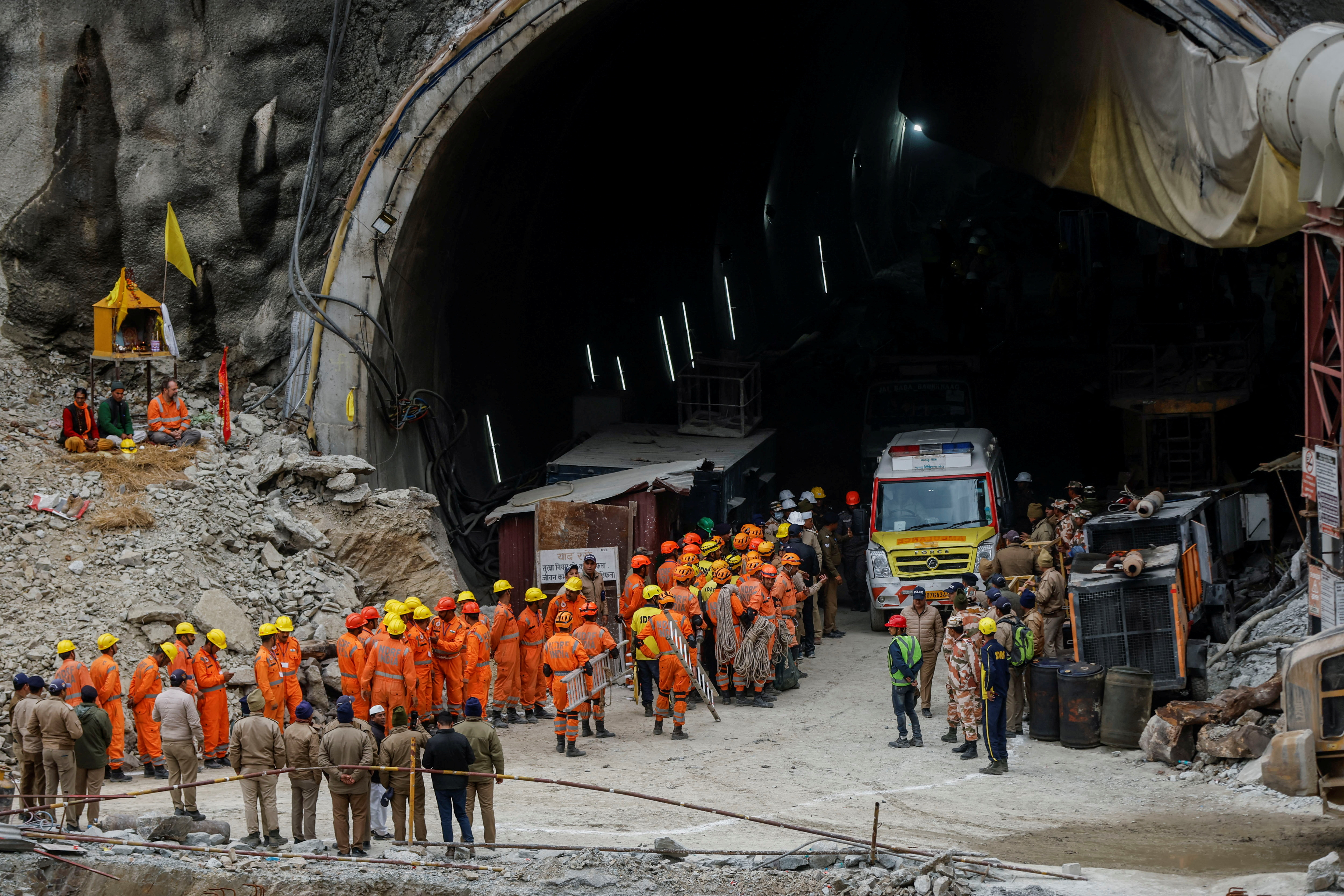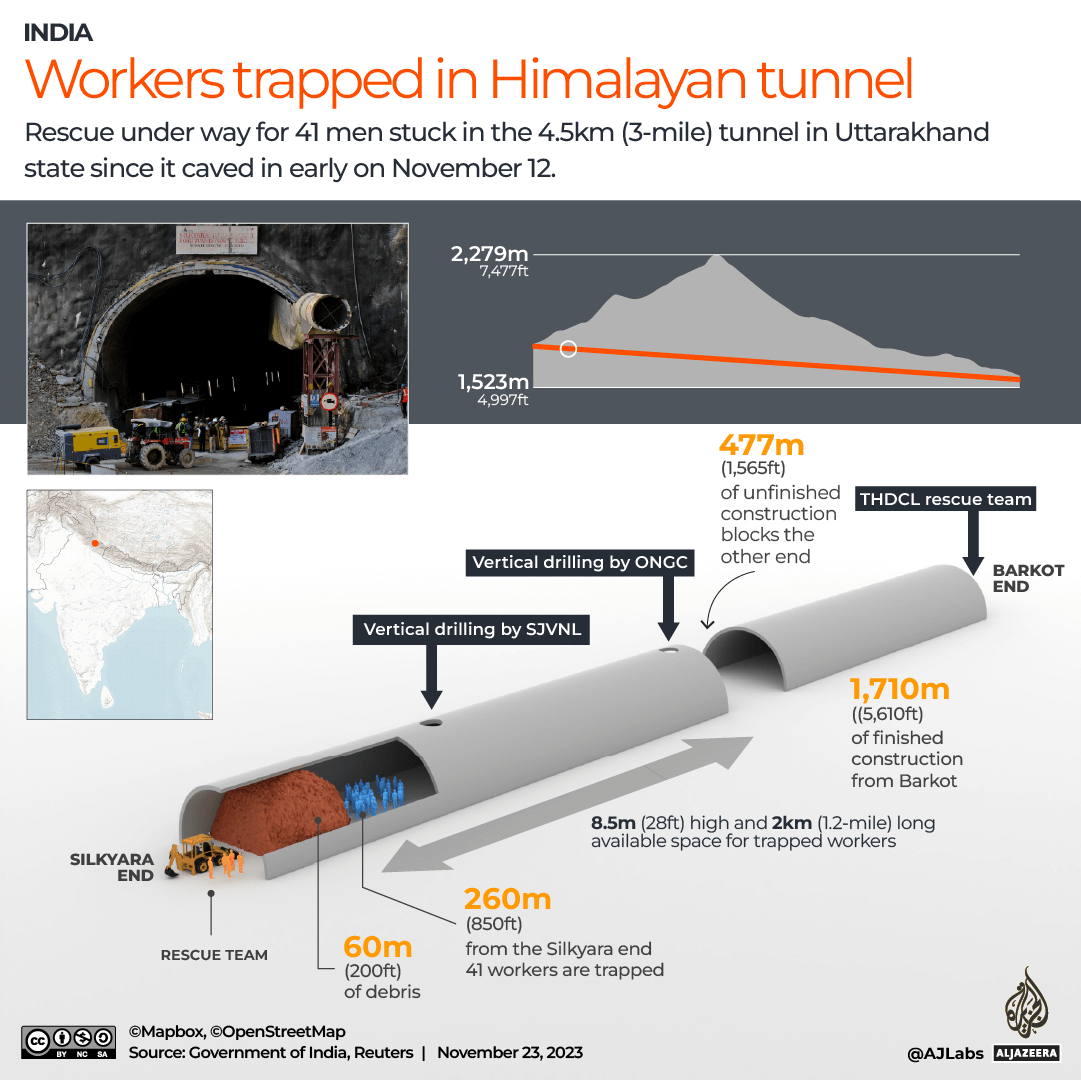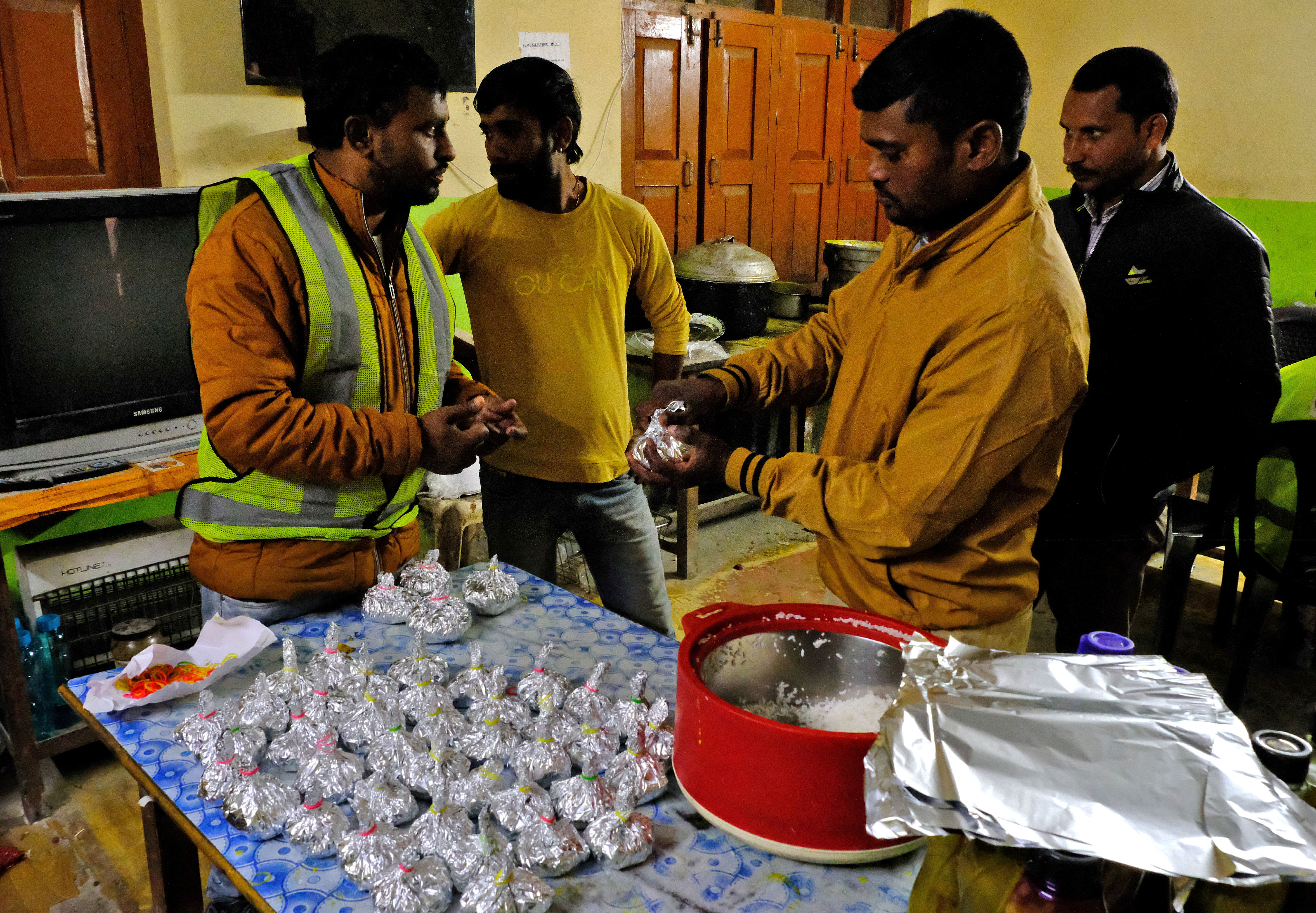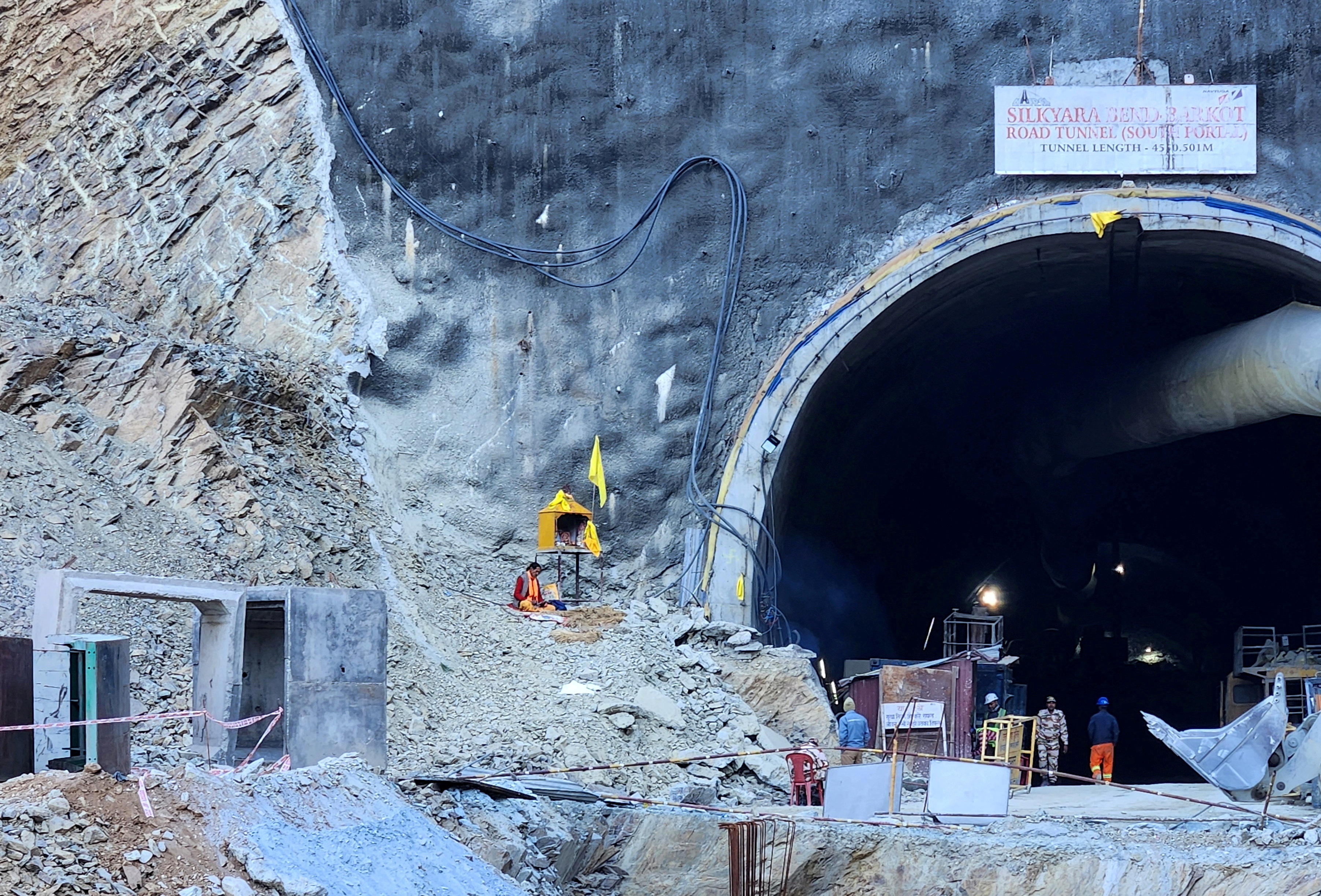
Indian authorities on Tuesday said they were close to saving 41 workers who have been trapped under the rubble of a collapsed tunnel for 16 days, after a long rescue effort punctuated by repeated setbacks.
An ambulance was sent into a pathway created by excavators, as a trial to see how far it could get to the trapped men. Rescue workers have dug more than 55 metres into the rubble, leaving them an estimated few metres away from the people awaiting rescue.
The apparent breakthrough came after days of stalled efforts to get closer to the buried workers, whose struggle has captured the attention of the world’s most populous nation.
What happened?
An under-construction tunnel collapsed in India’s northern, Himalayan state of Uttarakhand early in the morning on November 12.
There were 41 men in the 4.5km (3 mile) space who were low-wage construction workers. Most of the workers were from other northern and eastern Indian states whereas two of them were local, authorities said.
The tunnel, called the Silkyara Bend-Barkot Tunnel, was being constructed under Prime Minister Narendra Modi’s ambitious Char Dham pilgrimage project. The construction is between Silkyara and Dandalgaon, linking four significant Hindu pilgrimage sites. The project for the bidirectional road carries a price tag of $1.5m.
A day after the tunnel collapsed, excavators removed debris and rescue workers established contact with the men stuck inside. A plan was devised to drill through the debris to the men.

Why did the tunnel collapse?
Authorities have not revealed the causes of the tunnel collapse, but the region is prone to landslides, earthquakes and floods.
Geologist C P Rajendran told Al Jazeera that the Himalayan terrain contains highly fragile rock and is “constantly plagued by stability issues”. He added that this is not a new occurrence and during road construction or tunnelling in similar terrain, “We are constantly witnessing disaster after disaster.”
How have the workers survived?
When the debris was excavated, a small pipeline was established into the tunnel that allowed food, water, oxygen, medication, light and walkie-talkies to enter the tunnel. Dried fruits such as puffed rice, chickpeas and nuts were sent.
Last week, a new, wider pipeline was established and cooked food like rice, lentils, soybeans and peas were sent to the workers through it.

“They demanded chewable vitamin C tablets and it was provided,” Prem Pokhriyal, a doctor who was in contact with the workers, told Reuters. “As of now, everyone seems fit and fine.”
A six-bed medical facility was established near the tunnel and hospitals nearby were asked to stay on standby. Fifteen doctors and 40 ambulances were stationed nearby.
Some of the trapped men complained about headaches, nausea and dysentery, for which they were provided medication.
Abhishek Sharma, a psychiatrist sent to the site by the state government, advised the 41 men to walk within the 2km (1.2-mile) area where they are confined, prioritise sleep, do light yoga exercises and talk regularly among themselves to keep occupied.
Last Wednesday, a Hindu priest sat close to the site, praying for the trapped men.

How was the tunnel video taken?
A medical endoscopic camera was inserted into the tunnel through the wider pipeline on Monday. Last week, a 30-second video was released showing the workers for the first time since they got stuck.
A rescue worker outside could be heard telling the men to present themselves before the camera one by one, to confirm their identities on the walkie-talkie gear that had been sent in.
Who is leading rescue efforts?
A team of 15 men from the Indian National Disaster Response Force (NDRF) has been in charge.
About 80 policemen, 20 fire services officials and 60 disaster management officials have been engaged in the rescue operations.
The excavators dug horizontally through the debris, awaiting the delivery of a wide steel pipe that would serve as a passageway for the workers to exit the tunnel. Heavy machinery was deployed about three days after the tunnel caved.
However, huge rocks came in the way of the machine. As a result, more machinery was called in from New Delhi. This was not the only challenge the rescue team faced. Loose debris also fell into the tunnel, in addition to other obstructions like boulders, cement rocks and iron rods.
A significant obstruction in the rescue operation occurred on November 17 when a drilling machine made a large-scale crackling sound which concerned authorities who temporarily halted the operation. The augur machine also developed a snag and its bearings got damaged, prompting engineers to fabricate new ones.
A week after the tunnel caved, a new machine was airlifted from the central Indian state of Madhya Pradesh and the team decided to drill through the tunnel vertically while horizontal drilling was done simultaneously.
Although most of the debris was drilled through when the rescuers encountered a lattice steel sheet on Thursday. It took several hours to cut through.
What security measures are being taken for other tunnels?
Following this incident, the National Highways Authority of India (NHAI) will carry out a safety audit of 29 tunnels that it has been building. These will include 12 tunnels in the Himalayan state of Himachal Pradesh, six in the Jammu and Kashmir region, and the rest in other states including Uttarakhand.
“Proper site investigation is very important for tunnelling in a site like this,” said Rajendran, explaining that primary studies need to be done to determine the rock composition for a mountainous area before carrying out construction.







